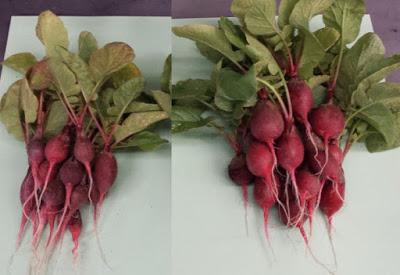
Breaking News
 Billionaire Businessman Reflects on 'Not Hard' Decision to Leave Crime-Ridden Chicago
Billionaire Businessman Reflects on 'Not Hard' Decision to Leave Crime-Ridden Chicago
 China's Mineral Power Play Will Succeed--Until It Doesn't
China's Mineral Power Play Will Succeed--Until It Doesn't
 Individualism and Self-Determination in the American Tradition
Individualism and Self-Determination in the American Tradition
 Gold's OMINOUS Warning: A Global Monetary Reset That'll BLINDSIDE Americans
Gold's OMINOUS Warning: A Global Monetary Reset That'll BLINDSIDE Americans
Top Tech News
 3D Printed Aluminum Alloy Sets Strength Record on Path to Lighter Aircraft Systems
3D Printed Aluminum Alloy Sets Strength Record on Path to Lighter Aircraft Systems
 Big Brother just got an upgrade.
Big Brother just got an upgrade.
SEMI-NEWS/SEMI-SATIRE: October 12, 2025 Edition
 Stem Cell Breakthrough for People with Parkinson's
Stem Cell Breakthrough for People with Parkinson's
 Linux Will Work For You. Time to Dump Windows 10. And Don't Bother with Windows 11
Linux Will Work For You. Time to Dump Windows 10. And Don't Bother with Windows 11
 XAI Using $18 Billion to Get 300,000 More Nvidia B200 Chips
XAI Using $18 Billion to Get 300,000 More Nvidia B200 Chips
 Immortal Monkeys? Not Quite, But Scientists Just Reversed Aging With 'Super' Stem Cells
Immortal Monkeys? Not Quite, But Scientists Just Reversed Aging With 'Super' Stem Cells
 ICE To Buy Tool That Tracks Locations Of Hundreds Of Millions Of Phones Every Day
ICE To Buy Tool That Tracks Locations Of Hundreds Of Millions Of Phones Every Day
 Yixiang 16kWh Battery For $1,920!? New Design!
Yixiang 16kWh Battery For $1,920!? New Design!
 Find a COMPATIBLE Linux Computer for $200+: Roadmap to Linux. Part 1
Find a COMPATIBLE Linux Computer for $200+: Roadmap to Linux. Part 1
A 'bionic leaf' could help feed the world by generating fertilizer from bacteria

Now, the challenge of feeding the world looms again as the population continues to balloon. To help spur the next agricultural revolution, researchers have invented a "bionic" leaf that uses bacteria, sunlight, water and air to make fertilizer in the very soil where crops are grown.
The team will present the work today at the 253rd National Meeting & Exposition of the American Chemical Society (ACS). ACS, the world's largest scientific society, is holding the meeting here through Thursday. It features more than 14,000 presentations on a wide range of science topics.
"When you have a large centralized process and a massive infrastructure, you can easily make and deliver fertilizer," Daniel Nocera, Ph.D., says. "But if I said that now you've got to do it in a village in India onsite with dirty water -- forget it. Poorer countries in the emerging world don't always have the resources to do this. We should be thinking of a distributed system because that's where it's really needed."



